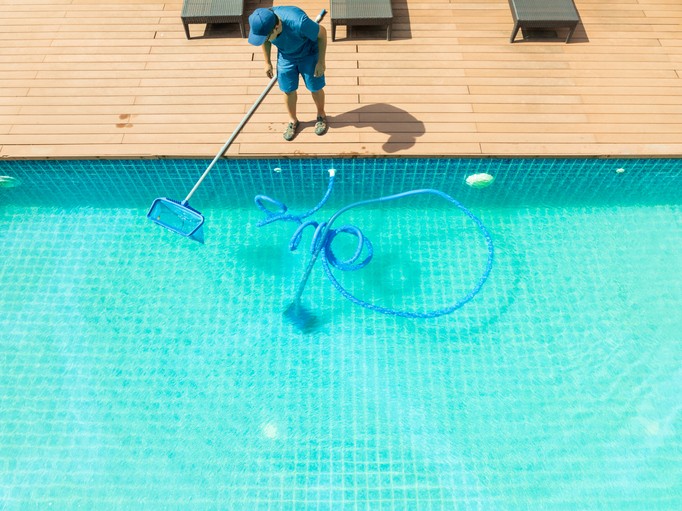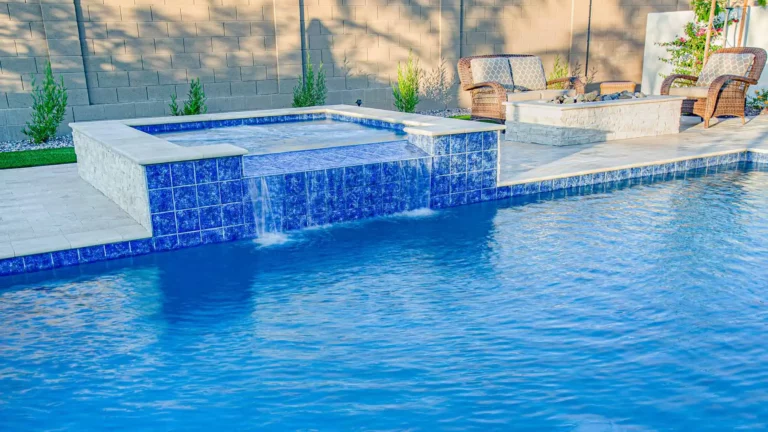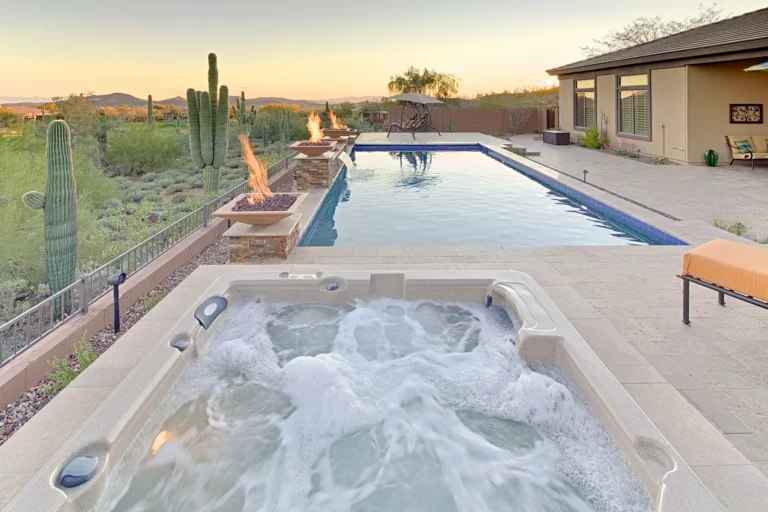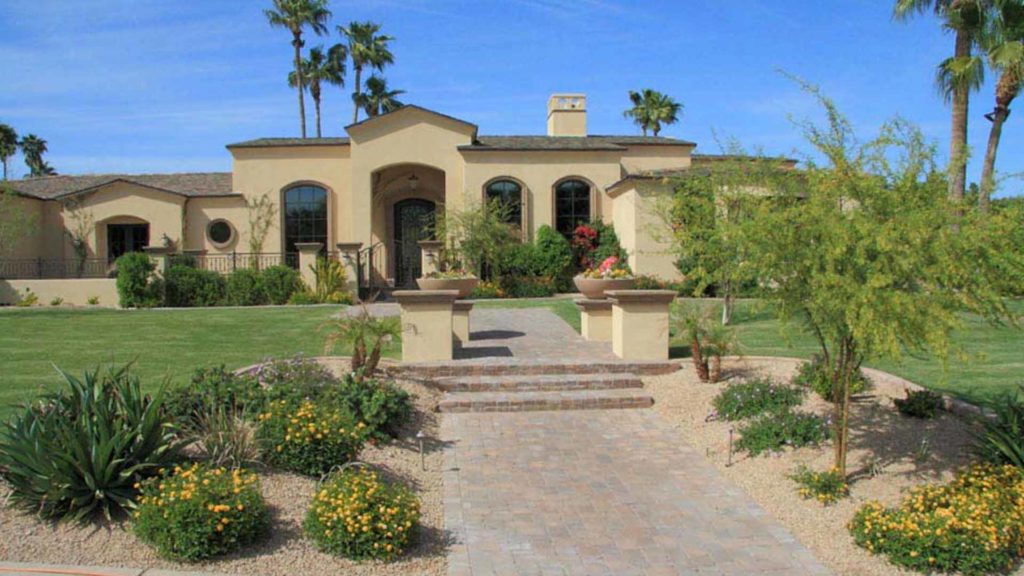
Who doesn’t love to look out the window and see a lush green lawn? Or maybe you like to walk barefoot through the soft grass, thinking of the carefree days of your childhood. But is it worth all of the work and expense to have green grass, in the desert, year-round? Some Phoenix residents insist that a lush green lawn through the winter months is one of the most significant rewards for enduring the stifling summer temperatures. However, others point out that this need for green is a waste of numerous precious resources and a drain on the environment in several ways. But where do the professionals land when it comes to overseeding or tolerating some crunchy bronze grass?
A Few Facts About Grass In Phoenix
Bermuda grass and its hybrid varieties are the most tolerant of the Phoenix summertime’s extreme heat. No other natural grass will have a chance of making it through June, July, and August here in the Valley of the Sun. But when the temperature cools down in October or November, that gorgeous lush lawn becomes a prickly golden brown. The plus is that you get a few months off from the chore of mowing. But the downside is definitely the appearance.
To Scalp Or Not To Scalp
The solution to a crispy brown lawn for the winter months is scalping down the Bermuda and overseeding with ryegrass seed. The challenge is getting enough of the Bermuda removed to allow the rye seed to reach the soil and germinate, before becoming a buffet morsel for the local bird community. For weeks, neighborhoods are covered with a cloud of tan dust as lawn after lawn is scalped down to the dirt, and winter seed is installed. And after a few weeks of TLC and a lot of short watering cycles, tiny sprigs of that emerald green rye begin to appear. Soon homeowners will once again be treated to a lush green expanse when they look out the window or enter the driveway.
The True Cost Of A Winter Lawn
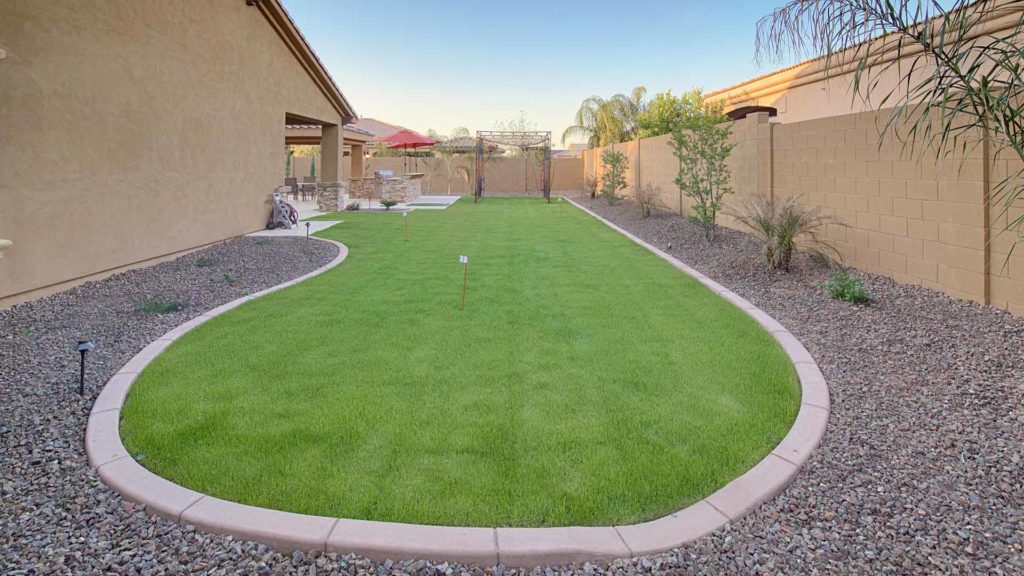
When you think about the cost of overseeding your lawn, you usually consider the added fee from your landscaper for the scalping and the installation of the seed. That might be a few hundred dollars or more, depending on the size of your lawn. But that is just the beginning of the cost to have green grass in the winter months.
With a new, fledgling lawn, there is the cost to feed and water this up and coming turf. As for the watering, every 1,000 square feet of winter grass that is planted will consume about 8,000 gallons of water during its growing season. So your 2,500 square feet of grass will need close to 20,000 gallons of water, which are not free. And don’t forget to add in the cost of a bag or two of fertilizer to keep your lawn that perfect vivid green.
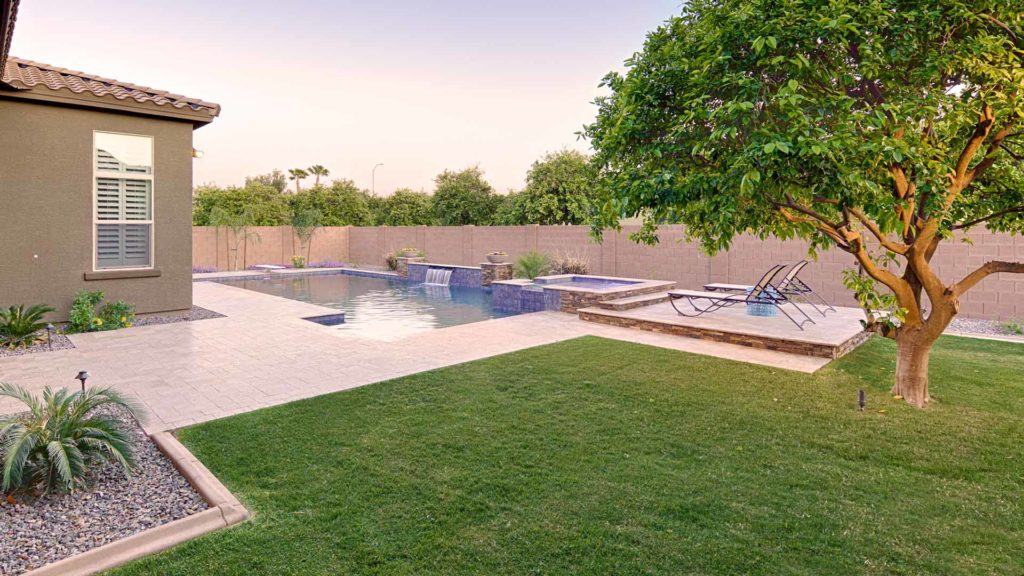
What Does Winter Grass Cost The Environment?
Even if you have come to terms with the financial investment in winter grass, are you also ok with the environmental impact? The air quality and damage to the environment begin the moment you or your landscape crew begin to scalp your Bermuda lawn. The grass debris and dust permeate the air with filth and allergens. Add in the pollution from the gas-powered mower and blower exhaust, and the massive mountain of grass clippings going into the landfill, and you have a good idea of the negative impact on the environment. But don’t forget to consider the massive amount of water that the grass will use and the fertilizer it will require. While some of the water will trickle back into the groundwater supply, it will be contaminated by the fertilizer, so it is not really beneficial to the natural water table
If Only There Were Another Solution!
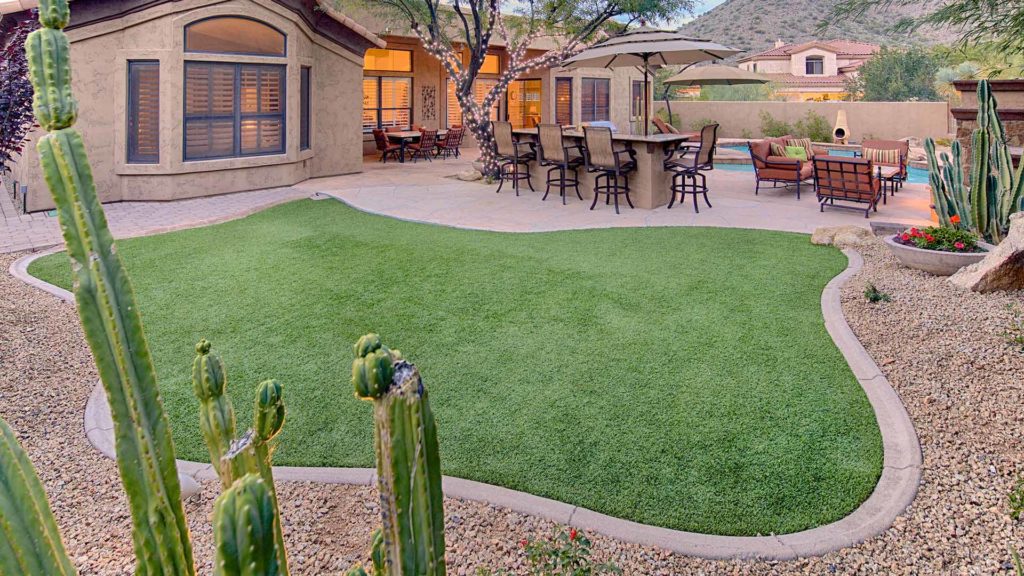
While a green lawn year-round sounds great, after careful consideration, you might be questioning the choice to overseed. But what if there were another way to have a lush, beautiful lawn all year without the water waste and damage to the environment? It sounds too good to be true. But there is another option. Artificial turf is the choice of many budget and Eco-conscious homeowners in the valley. This synthetic product has been proven to stand the test of time, even in Phoenix’s summer heat, and provide a soft, green surface that children, pets, and adults love.
No Muss, No Fuss, No Allergens
Synthetic grass is a great way to save a massive amount of time and money. You are not investing in lawn mowing, fertilizer, water, or overseeding. But you have a lush green space to enjoy throughout the year. And because this is a manmade product, there is no pollen or other allergens that could be making you, your loved ones, and your pets miserable. It really is the perfect solution for everyone in your home and the environment.
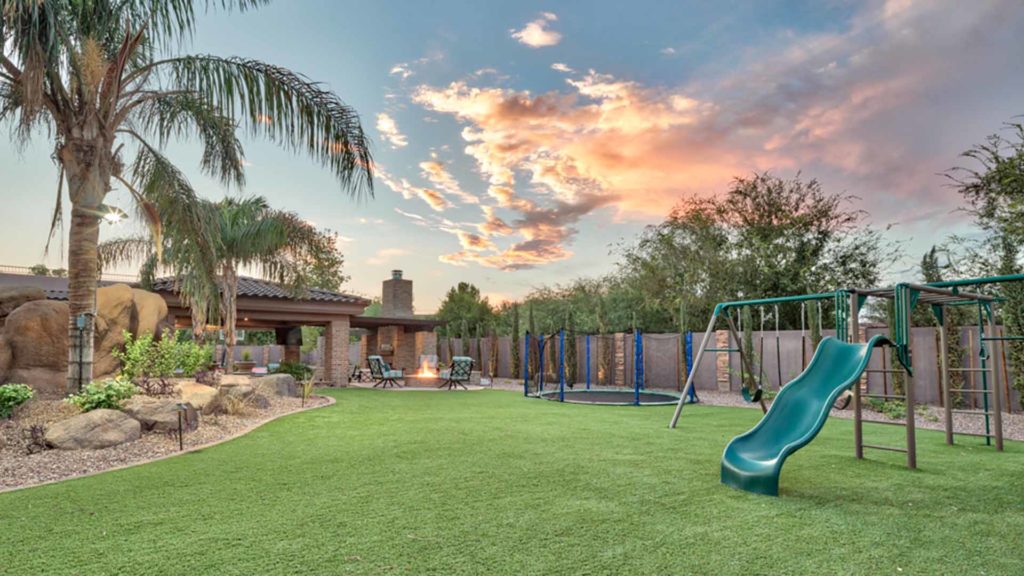
To learn more about synthetic grass for your yard, click here or call 480-969-1911 to schedule a free consultation with a UNIQUE design team member. Our installation professionals have decades of experience installing these products, which carry an eight-year warranty from the manufacturer. Forget about the dust and allergy issues that surround scalping and overseeding. Instead, know that your lawn will be lush and green all year, and without the outrageous water demand of natural grass, or the constant upkeep.

